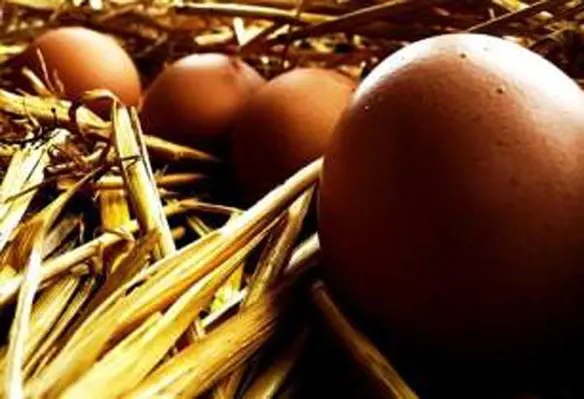In order to ensure good eggs, it is imperative to understand laying hens’ capabilities
Small-scale production of laying hens is one of the cornerstones of sustainability and self-sufficiency in poultry farming. The eggs from them are almost certainly the most cost-effective and sustainable source of animal protein. Such poultry production systems are characterised by high turnover of birds due to use at home, by neighbours and regular sales at the market, as well as the tendency for older birds to rapidly lose productivity.
Thus, there is a continuous need for new and replacement birds which are most easily and economically obtained as chicks from the incubation of fertile eggs by these small scale producers.
Incubation of hens’ eggs by the poultry producer is an ideal way to develop skills and improve knowledge. This essentially practical task involves not only knowledge of biology essential for the selection of fertile and healthy eggs to produce strong and disease-free chicks, but an understanding of physical science in the provision of the necessary conditions of warmth, humidity and oxygen and the use of light.
Last, but not the least, design and construction of the incubator and accessories required offers valuable opportunities to develop and expand ‘DIY’ (do-it-yourself) skills. Incubation at home is an ideal task for children who may already have developed the skills at school or agricultural college. Before embarking on a programme of small scale ‘on farm’ or ‘at home’ egg incubation, it is necessary to fully understand the biology of the avian egg.
The egg
The fertile avian egg is a living embryo swimming in soluble food and surrounded by a hard protective shell. With the right conditions provided the egg will develop into a chick that breaks free from the shell. Whether it is laid by an ostrich or a quail, the basic structure of the egg is the same — the shell, the shell membranes, the albumen (egg white), the yellow coloured yolk, chalazae of supporting tissue and the fertile region, which is called the germinal disc or blastoderm.
The shell, which is made mainly of calcium carbonate, gives the egg its rigidity and typically oval shape. In chickens and many other species, one end is more pointed than the other, but this seemingly insignificant fact is an important survival factor having evolved in the birds. When the egg rolls it will only do so in a circular pattern thus ensuring that it does not roll far from where it is laid by the hen. This may be of little consequence in a straw nest, but vital in the wild for eggs on ledges.
Presence in the shell of thousands of tiny pores ensures exchange of gases by diffusion with the air — CO2 and excess water from respiration outwards and oxygen to fuel respiration for growth and development and water vapour (if required) inwards to maintain homeostasis, which is optimum concentration of tissue fluids.
Eggs are generally considered fragile but in practice the shell provides formidable protection. It is hard and dense on the outside. And the inside layer of calcium carbonate is softer, thus offering an easy exit for the hatching chick as well as its source of calcium for bone development. When newly laid, the egg has a thin, protective and non-cellular layer called the ‘bloom’.
The ideal hen
Eggs earmarked for hatching should ideally come from hens that have laying rates well above the mean (average) figure of the flock, and which have been mated with those cockerels who have recorded the fastest growth rates and the healthiest records of their hatch.
To obtain a realistic, maximum hatchability of 95 per cent both cocks and pullets (hens) should be at least six months old.
For the lighter breeds, one active rooster is capable of fertilising up to 15 hens but for the heavier meat-type breeds the ratio should be 1 to 12 maximum. A ratio of 1 to 10 is the norm and considered ideal for all breeds of chicken.
Maximum egg fertility requires a 72-hour period to elapse after putting male and female birds together and while hens will continue to lay some fertile eggs for 30 days after the cockerels have been removed egg fertility will fall away.
— By Dr Terry Mabbett
To continue reading the rest of this article, please see upcoming issue of Far Eastern Agriculture





